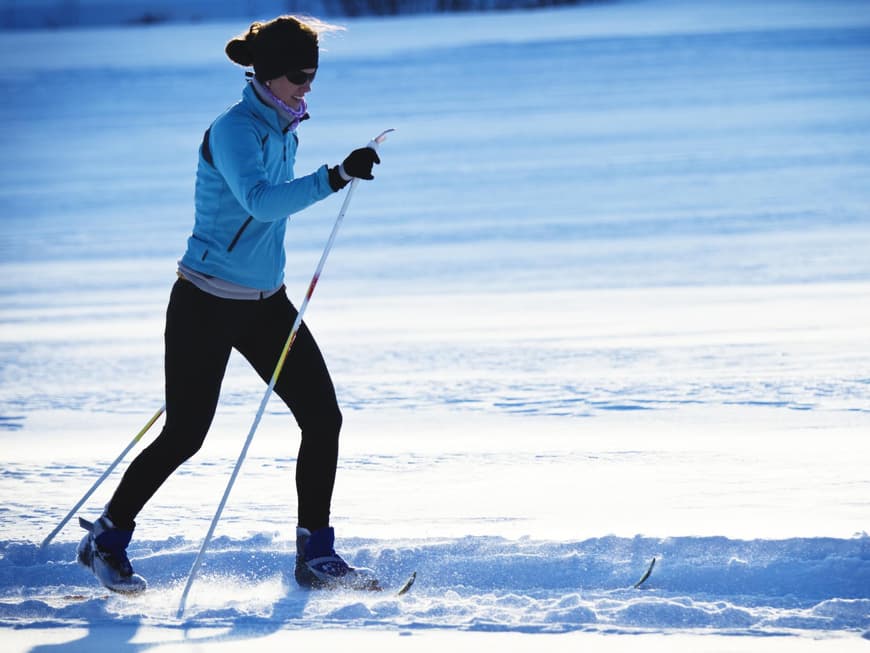
According to a recent study, around 17 percent of patients with varicose veins have a hereditary predisposition. In addition, there are other risk factors that also promote symptoms in people without a predisposition. But what are the six worst vein pitfalls in the cold season?
Lack of exercise. This causes blood to pool in the legs particularly quickly. So don't just sit around and watch TV series, be active! The blood is then pumped better towards the heart. Do foot exercises, climb stairs or do small shopping trips on foot. Ideal sports are cross-country skiing and vein walking. When vein walking, the feet are rolled from the heel to the ball of the foot and the knees remain loose. How often? Two to three times a week, 20 to 30 minutes each time.
Winter boots. If your legs are glowing in them, the vein walls slacken. The footwear must not be too tight either, otherwise the blood flow will be impeded. Therefore, stockings and pants must not constrict anywhere. Raise your legs after bathing.
Hot baths. If you don't want to do without it, you should keep your legs out of the water. Rinse off with cold water afterwards - this causes the blood vessels to contract. And put your legs up for a few minutes after bathing. This makes it easier for the blood to flow back. This is also advisable after a sauna.
Overheated rooms. The ideal temperature for the living room is around 22 degrees. If it is higher, it stresses the veins. Being overweight is a risk factor.
Being overweight. In the darker months, we usually snack more on sweets and eat more fat. However, excess kilos promote venous diseases. This is confirmed by a recent US study. Better: eat a balanced diet. This can protect against cravings.
Lack of fluids. The blood then becomes more viscous. Experts generally recommend drinking around 1.5 to 2 liters a day. It is best to drink throughout the day.
